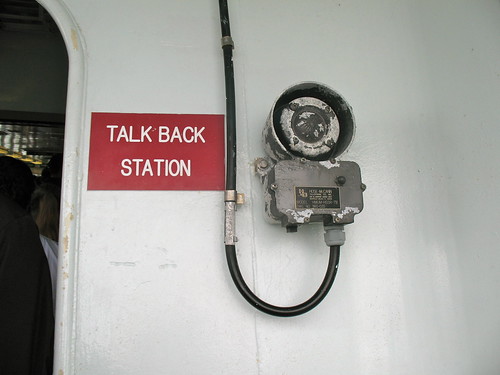
Note from Beth: This is an ongoing series from the Organizational Effectiveness Program team at the Packard Foundation about developing their program funding strategy in an open way or what has been dubbed “Learning In Public.” In March, at the GEO Conference (Grantmakers for Effective Organizations) Kathy Reich, Director, Organizational Effectiveness Program at the Packard Foundation and Jared Raynor, Director of Evaluation at TCC Group and I shared some lessons learned about “learning in public,” including case study about how the OE program analyzed its “goldmine” of grantee data to lay the ground for the development of the funding strategy. (The session slides and resources are here). The OE Team at the Packard Foundation has been sharing guest posts about their strategic planning process over the past few months, including “Strategy Development Process: Laying Everything Out on the Table” and the launch of web site to gather feedback for their strategy. The team has a draft of funding strategy and you now have the opportunity to give them some feedback.
Tell the Packard Foundation’s Organizational Effectiveness Program How You Think We Should Do Our Work! Guest Post by the Packard Foundation OE Team
Faithful readers of this blog may know that Beth Kanter is Visiting Scholar at the David and Lucile Packard Foundation’s Organizational Effectiveness program, but we’ll bet that far fewer of you know what the Packard Foundation’s Organizational Effectiveness program actually is, or what we fund.
One core belief has driven the Organizational Effectiveness program for nearly 30 years: Organizations are more effective at meeting their goals when they have thoughtful strategy, strong leadership, and sound management. The OE program works with grantees around the world to build their capacity in these areas.
For the past few months, we’ve been engaged in a comprehensive review of our grantmaking strategy. And, as much as we can, we’ve tried to do this in public—sharing our thinking online in real time and asking grantees, colleagues, and the world at large for their feedback and advice. We have set up a Web site, http://oep.packard.org, to share information and conversation about the ongoing review.
Here is a partial list of what we’ve completed as part of this review:
- Program evaluation based on a sample of 169 OE grants closed in 2007-2009, conducted by TCC Group (2011)
- Assessment of 46 OE grants to networks awarded 2009-2011, conducted by Monitor Institute (2012)
- Interviews with 9 other foundations that conduct OE grantmaking (April-May 2012)
- Interviews with approximately 30 grantees (April-June 2012)
- Program Officer focus group (May 2012), internal review meeting (July 2012), and lots of conversations with our colleagues
- Literature review of current needs in nonprofit field (June 2012)
- Ongoing advice and feedback from a group of six informal advisors inside and outside the Foundation
- Focused questions through our Web site and several list-serves
Through this process, we’ve considered what works well, and where we can experiment with being more effective and having more impact. What we’ve found has been really positive—for the most part, our work has been making a difference, and our existing program structure has served our Programs and grantees well. But our reviews have also shown us that there may be other models that would allow more flexibility in what we fund, and how we support our programs and grantees, and make room for more partnering with others in the field. This exercise has led us to the next step in our strategy review process- a draft that outlines key elements of our refreshed strategy.
Below, we’ve broken out the sections of our draft for your review:
- Introduction
- Overview of the Current Realities of the Social Sector
- Current State of Non-Profit Capacity Building
- How the OE Program Works
- Why Now, Why Packard?
- Goals and Strategies for the OE Program
- Things we still need to write
The text is by no means final. We continue to incorporate feedback and revise our strategy based on further discussion. Over the next month, we’d welcome your input on our thoughts, what we are proposing to change or add, and what we plan to keep.
In September, the OE program will be going in front of the Board. This will be our opportunity to inform them of our work over the last years, and to present to them our proposed program strategy moving forward into the next five years. We’re excited about this opportunity, and so grateful for everyone who has given us feedback and encouragement along the way. Let us know what you think about where we’re headed. We’d really like to hear from you.
We’re really excited about this process and we’d love your feedback!
The OE Team: Flowing from Packard Foundation’s Founders’ business philosophy of nurturing leaders and giving them the freedom to pursue promising approaches, the Packard Foundation assists in building the leadership skills and management capacity of their grantees. The Organizational Effectiveness and Philanthropy program supports their current grantees to allow them to undertake projects that transform their organizations in a sustained and meaningful way. These grants address the many organizational and capacity challenges that may affect nonprofits—from strategic planning and board development needs to mergers and executive transitions. To this end, they advance the organizational effectiveness of current Foundation grantees by supporting projects that improve their management, governance, and leadership by developing strategies, systems, structures, and skills. The Foundation also makes grants to help advance and support the field of private philanthropy.
